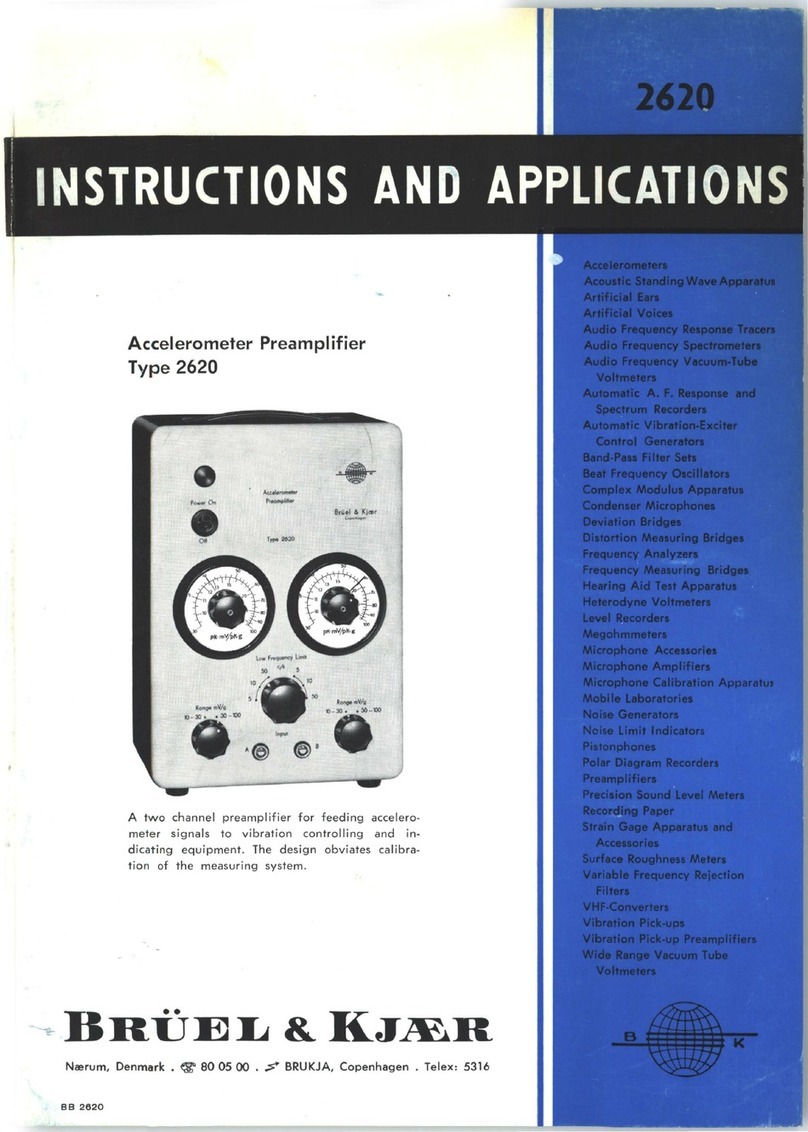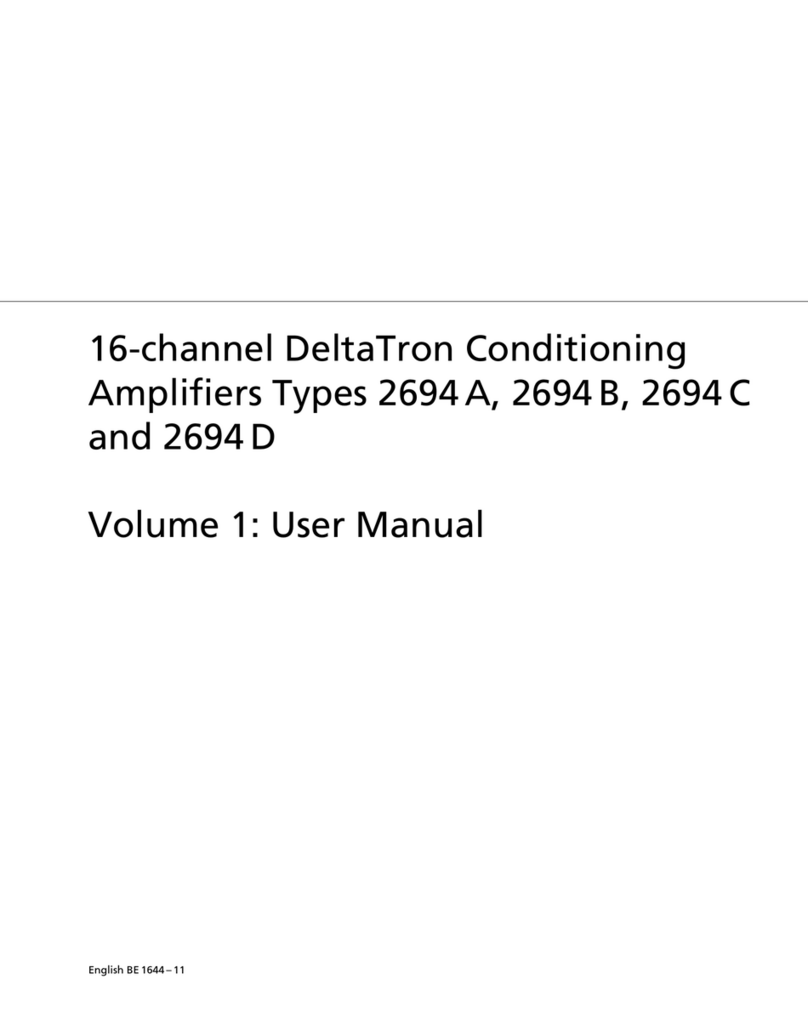BRUEL & KJAER 2706 User guide
Other BRUEL & KJAER Amplifier manuals
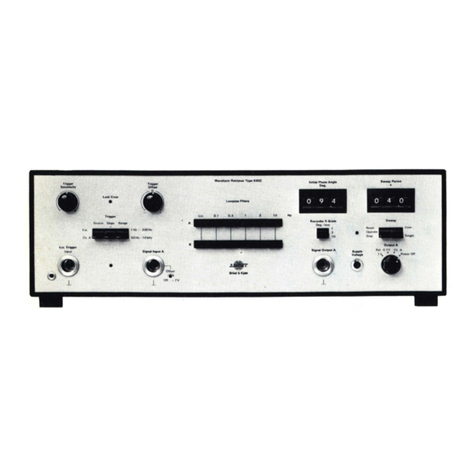
BRUEL & KJAER
BRUEL & KJAER 6302 User manual
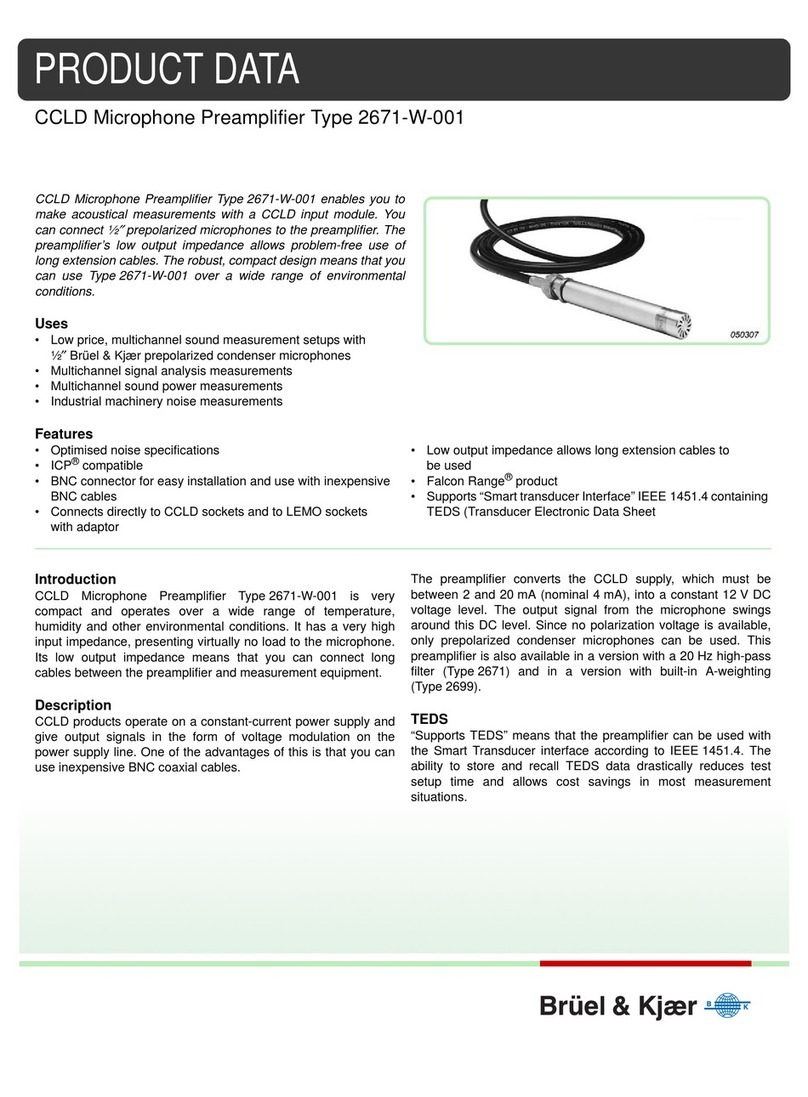
BRUEL & KJAER
BRUEL & KJAER 2671-W-001 Operation manual
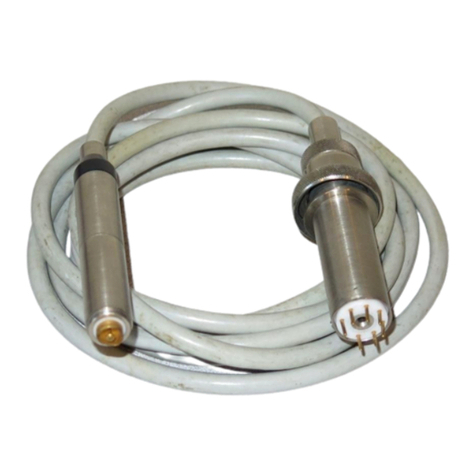
BRUEL & KJAER
BRUEL & KJAER 2619 User guide
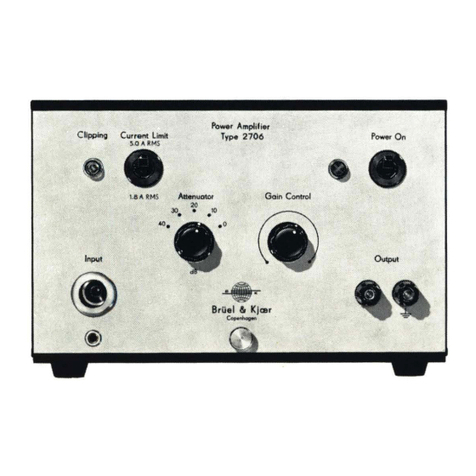
BRUEL & KJAER
BRUEL & KJAER 2706 User guide

BRUEL & KJAER
BRUEL & KJAER 2732 User manual

BRUEL & KJAER
BRUEL & KJAER 2626 User guide

BRUEL & KJAER
BRUEL & KJAER 2734 User manual
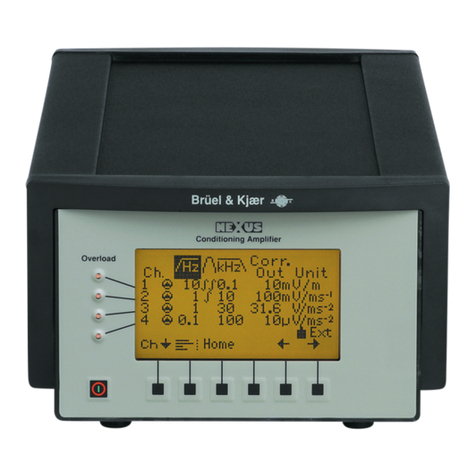
BRUEL & KJAER
BRUEL & KJAER NEXUS 2690 User manual
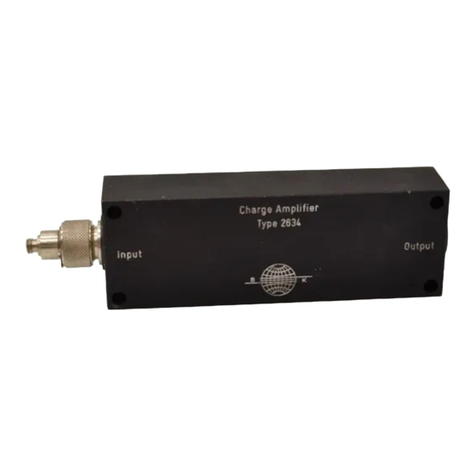
BRUEL & KJAER
BRUEL & KJAER 2634 User manual
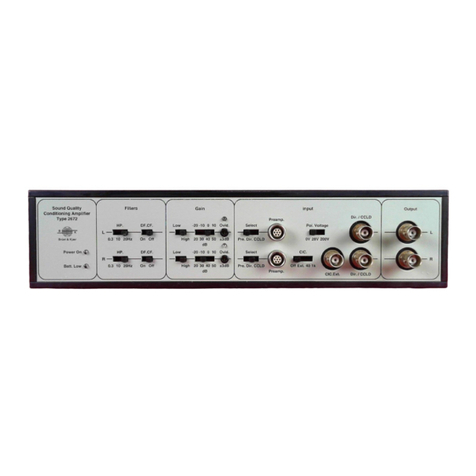
BRUEL & KJAER
BRUEL & KJAER 2672 User manual
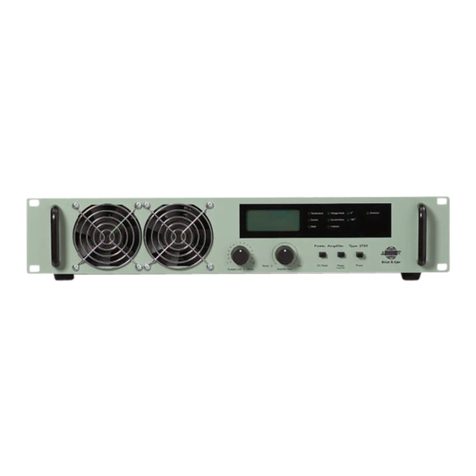
BRUEL & KJAER
BRUEL & KJAER 2720 User manual
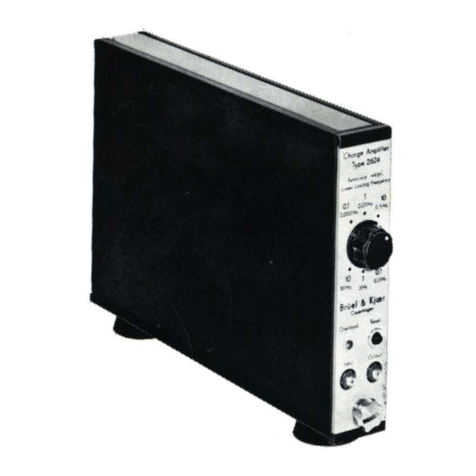
BRUEL & KJAER
BRUEL & KJAER 2624 User guide

BRUEL & KJAER
BRUEL & KJAER 2716 User manual
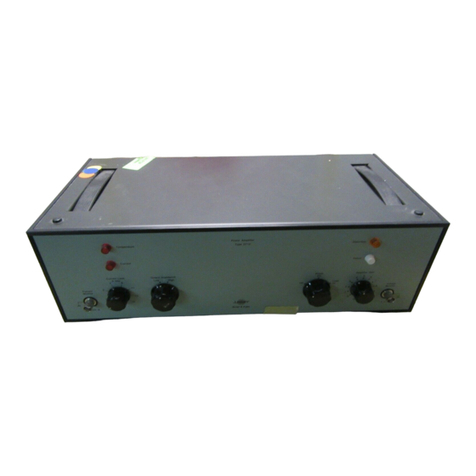
BRUEL & KJAER
BRUEL & KJAER 2712 User manual
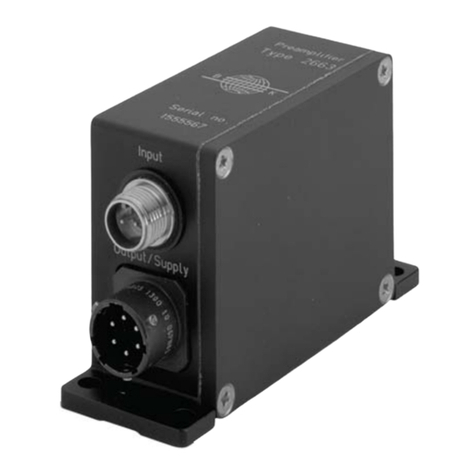
BRUEL & KJAER
BRUEL & KJAER 2663 Guide

BRUEL & KJAER
BRUEL & KJAER 2619 Operating instructions

BRUEL & KJAER
BRUEL & KJAER 2719 User manual
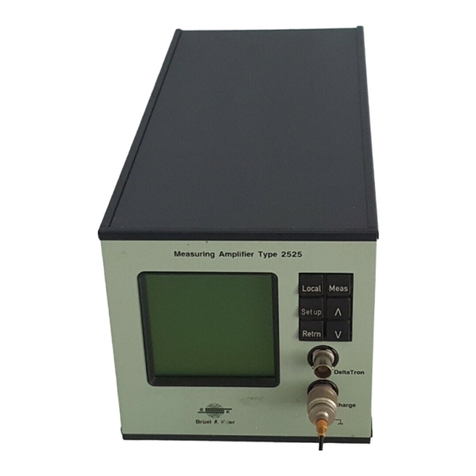
BRUEL & KJAER
BRUEL & KJAER 2525 User manual
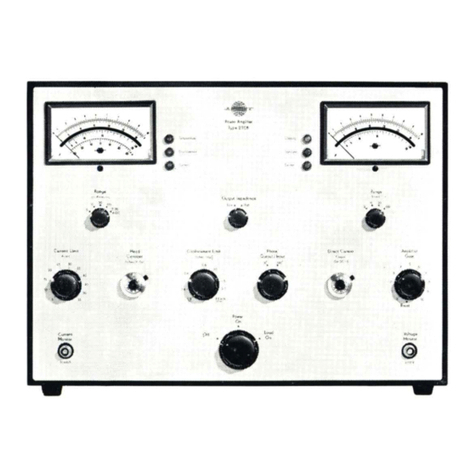
BRUEL & KJAER
BRUEL & KJAER 2708 User guide
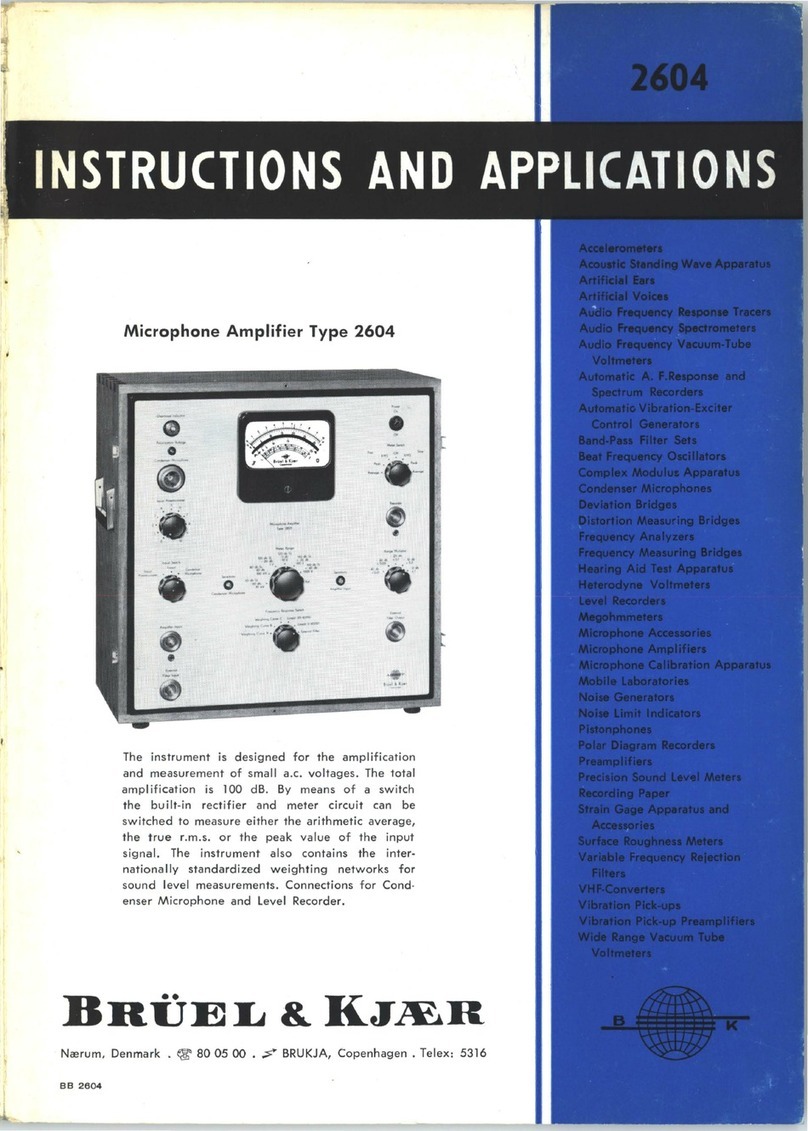
BRUEL & KJAER
BRUEL & KJAER 2604 User guide
